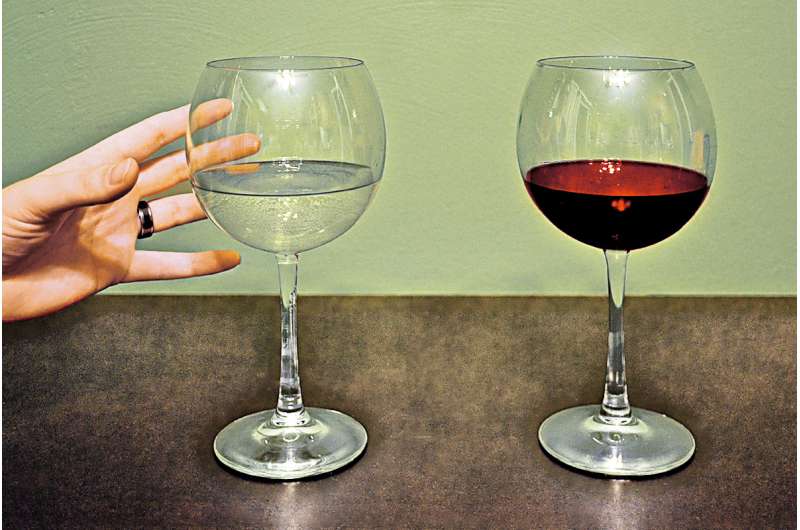Small brain area plays key role in making everyday decisions

Choosing what shirt to buy, what to order for lunch or whether to go with the hearty red wine or the lighter white all involve assigning values to the options. A small brain structure plays a central role in the many decisions like this we make each day. But it hasn't been clear how a limited number of neurons in this small part of the brain can support an unlimited number of choices.
Now, studying how macaque monkeys choose between juice drinks, researchers at Washington University School of Medicine in St. Louis have found that some of the neurons in the orbitofrontal cortex (OFC) assign value to the options, while other neurons are related to making final choices. All of these neurons can re-map to make different decisions when circumstances change.
The researchers report their findings May 9 in the journal Nature Neuroscience.
In previous research, Camillo Padoa-Schioppa, PhD, an associate professor of neuroscience and the study's senior investigator, identified different groups of cells in the OFC.
"When we choose between an apple and a banana, some neurons assign a value to the apple, some neurons assign a value to the banana, and other neurons represent the choice outcome," he said. "Taken together, these different groups of cells seem to form a neural circuit that generates economic decisions."
In this study, the researchers examined how this neural circuit reorganizes when decisions are made in different circumstances.
During the experiments, Padoa-Schioppa and first author Jue Xie, a graduate student in Padoa-Schioppa's lab, used a dozen different juice drinks. In each tasting session, the macaques chose between two different drinks. Subsequently, they chose between two other juice drinks.
"An animal first might choose between grape juice and apple juice, and some neurons would represent the value of the grape juice," said Xie. "Later, the animal might choose between kiwi punch and peach juice, and the same neurons that had assigned a value to the grape juice subsequently would assign a value to the kiwi punch. This means there is no such thing as a grape juice cell or an apple juice cell. The neurons become associated with one of the options available at any given time."
Added Padoa-Schioppa, who also is an associate professor of economics and of biomedical engineering: "Think about the choices we make on a given day—between foods, whether to watch TV or read a book, or between different investments in our retirement funds. Some cells in the orbitofrontal cortex assign values to individual options, and other cells represent the choice outcome. Neurons that assign the value to individual options are called offer-value cells. But if we are choosing between different foods, an offer-value cell might represent the value of roasted chicken, whereas if we are choosing between different financial investments, the same offer-value cell might represent the value of a mutual fund."
Although individual neurons re-map to represent the value of different options, the overall organization of the neural circuit remains stable, the researchers said.
"In our study, the functional role of each neuron remained the same," said Xie. "Offer-value cells always represented the value of one of the options while neurons representing the choice outcome always represented the choice outcome, independently of which juice drinks were involved in a decision."
The researchers also noted that two neurons associated with the same juice drink in the first set of the macaques' decisions also were associated with the same juice drink in a second set of choices.
"If we look at individual cells, neurons are very flexible," said Padoa-Schioppa. "However, if we consider the whole network, the decision circuit is remarkably stable. This combination of circuit stability and neuronal flexibility makes it possible for the same brain region to generate decisions between any two goods."
More information: Xie J, Padoa-Schioppa C. Neuronal remapping and circuit persistence in economic decisions. Nature Neuroscience, Advance online publication, May 9, 2016. DOI: 10.1038/nn.4300


















